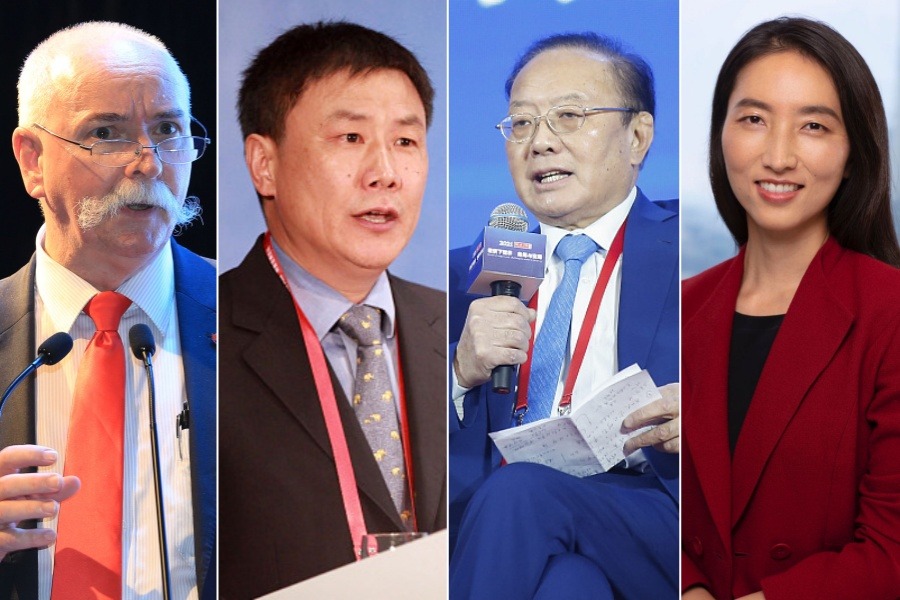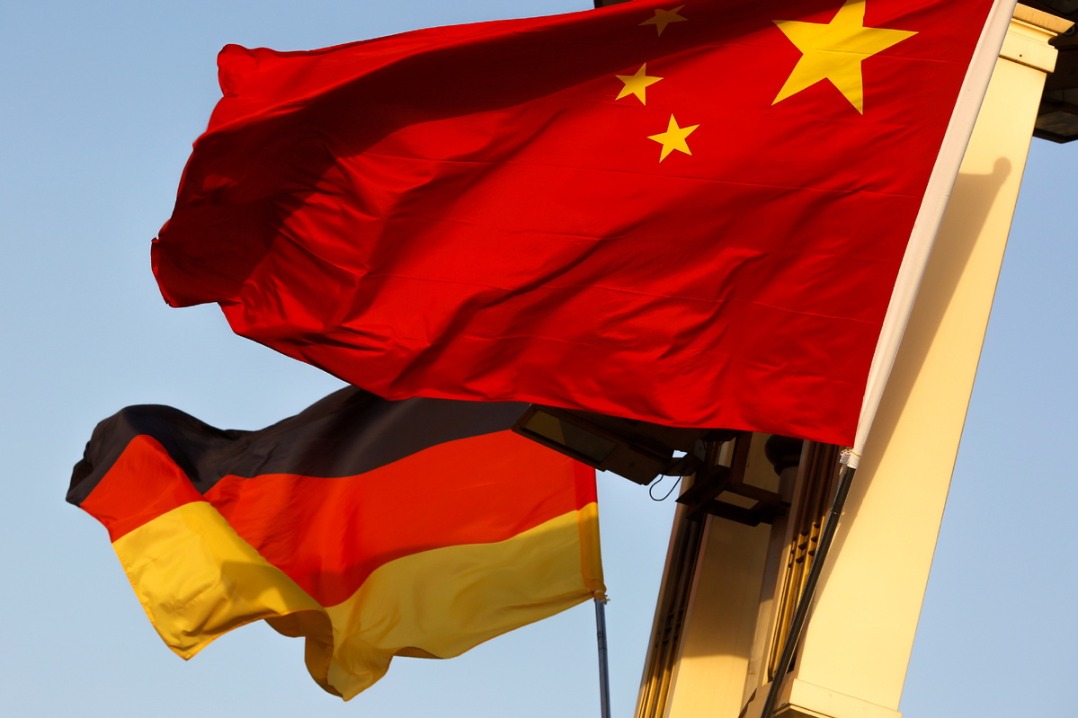How is the US helping to improve the Chinese innovation economy?


"China should accelerate implementation of plans for technological independence to manage and to control its own high-tech supply chain in the face of political risks," I wrote in February. The American administration is actively "promoting" a solution to this problem. The unprecedented hounding of Chinese scientists by the current US administration has led to a record return of high-fly professionals back to China.
Beijing can only be happy. It rewards those scientists with generous salaries and handsome grants. The country prioritizes the central role of innovation in its modernization drive and self-reliance in science and technology as a strategic underpinning for national development.
The process accelerated two years ago when US President Donald Trump reportedly told a group of CEOs, without citing evidence, that almost all Chinese students in the United States were spies. After that, the US State Department citing national security concerns started to shorten Chinese graduate students' visas in specific fields.
On May 27 this year, Republican Senators Tom Cotton of Arkansas and Marsha Blackburn of Tennessee unveiled a specific Secure Campus Act. This bill would ban Chinese citizens from receiving visas to attend US graduate programs in STEM ("science, technology, engineering, and mathematics") fields.
Last summer, the US Department of Education began checking several US universities that allegedly did not report foreign donations and contracts with governments of other countries. American universities had to cooperate with the FBI to reveal foreign sources of funding and to account for gifts from foreign delegations.
More than 360,000 Chinese students were studying in the US during the 2018-2019 academic year, making up about a third of international students. According to a US Department of Commerce estimate, these students put at least $15 billion into the US economy in 2018.
Manifest injustice and open humiliation play a negative role. American universities and companies have noticeably lost their attractiveness for Chinese people. The "witch hunt" that American politicians have launched against Chinese scientists, as well as noticeably improved conditions for scientific research in China itself, have led to a "reverse brain drain."
Bearing in mind the sacred attitude towards a teacher's status in China, one can imagine the current level of disappointment and frustration within Chinese society, when the teacher unfairly decides to drive the student away.
As the Trump administration persecutes foreign scientists and plans to cut spending on basic research, China is beginning to surpass the US in research spending and is luring the most promising scientists with high salaries, attractive programs, and collaboration opportunities.
According to job site 58.com, China's largest online classifieds marketplace, a Chinese university undergraduate's average salary is around 100,000 Chinese yuan ($15,200 dollars) per year – almost like any counterpart with a foreign diploma.
But about five percent of the returnees claim a much higher compensation – around 300,000 yuan ($45,600) per year. Returning students will find it difficult to compete for jobs with almost nine million new Chinese graduates finishing university every year.
China is increasingly competing with the US to become a center of attraction for foreign talents. An interest in skills from around the world, as America is doing so successfully, is another must and should be considered the country's top priority.
For all the attractiveness of working in China, foreign scientists need to have material and social conditions. Currently, China is home to about one million foreigners. Most of them are business people. The number of foreign-born scientists working in China is most probably just a few thousand.
In 2016, China issued only 1,576 green cards, or permanent residencies, to foreigners (not just scientists). Though this figure represented a 163-percent increase from the previous year, these numbers are drops in the ocean compared to the US, which grants over one million green cards each year.
China should stimulate large international, especially technology companies, to open not necessarily production facilities, but mainly their scientific and technical laboratories and institutes, where a global scientific innovation atmosphere would reign.
With the right policy of attracting outstanding scientific talent worldwide, the day is probably not far off when the US will lose its exclusiveness as the center for modern science.
China will need a systematic, thoughtful, and long-term strategy for the development of such a policy. Without such an approach, the task of self-reliance in science and technology will not be possible to achieve.
The author is former prime minister of the Kyrgyz Republic, a distinguished professor of the Belt and Road School of Beijing Normal University, and a member of the Nizami Ganjavi International Center in Baku, Azerbaijan.









































